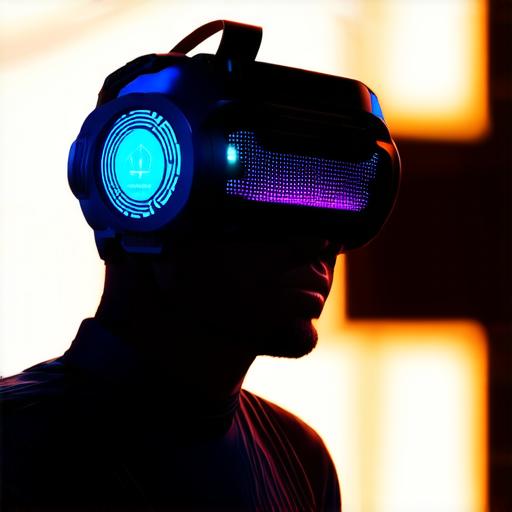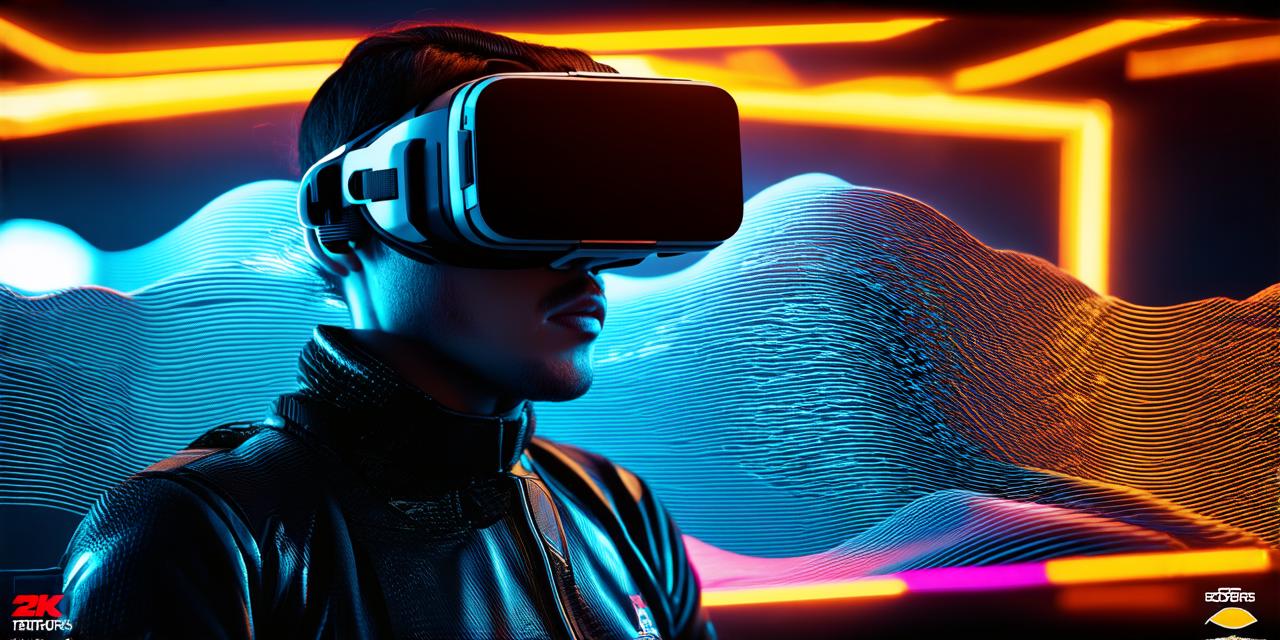Introduction
Augmented and virtual reality (AR and VR) technologies are transforming the way we interact with digital content, allowing us to experience immersive and interactive environments in a whole new way. These technologies have the potential to revolutionize industries ranging from gaming to healthcare, education, and beyond. However, creating designs for AR and VR experiences is no easy task. It requires a deep understanding of user behavior, design principles, and technical considerations.
What is augmented reality (AR) and virtual reality (VR)?
Augmented reality (AR) enhances the real world with digital elements, such as graphics, sounds, and haptic feedback. This creates an immersive and interactive experience that blends the physical and digital worlds. AR experiences can be accessed through a variety of devices, including smartphones, tablets, and specialized wearables like headsets and glasses.
Virtual reality (VR) is a fully immersive experience that transports users into a simulated environment. VR experiences are typically accessed through dedicated hardware, such as headsets and motion controllers. These devices provide a high level of immersion and interaction, making VR experiences ideal for gaming, education, and other applications.
Understanding the basics of AR and VR design
Creating designs for AR and VR experiences requires a deep understanding of user behavior, design principles, and technical considerations. Here are some key concepts to keep in mind:

- User-centered design: AR and VR experiences should be designed with the user in mind. This means understanding their needs, preferences, and behaviors, and designing the experience to meet those needs.
- Interaction and usability: AR and VR experiences should be designed to be intuitive and easy to use. This includes designing for natural interactions, such as gestures and voice commands, as well as providing clear and concise instructions.
- Performance and compatibility: AR and VR experiences must be optimized for performance and compatibility with a variety of devices and platforms. This includes considerations such as frame rate, resolution, and device specifications.
- 3D modeling and prototyping: AR and VR experiences typically require 3D models and prototypes to be created. These tools allow designers to visualize and test the experience before it is built.
Conducting user research and testing
Before creating a design for an AR or VR experience, it’s important to conduct user research and testing to understand their needs and preferences. Here are some best practices for conducting user research and testing:
- User surveys: Surveys can be used to gather information about user preferences, behaviors, and pain points. This information can be used to inform the design of the experience.
- User interviews: Interviews can provide in-depth insights into user needs and preferences. These can be conducted in person or remotely.
- User testing: User testing involves observing users as they interact with a prototype of the AR or VR experience. This can help identify usability issues, areas for improvement, and user feedback.
- A/B testing: A/B testing involves comparing two different design versions to see which performs better. This can be useful in identifying which design elements are most effective.
Designing for interaction and usability
Designing for interaction and usability is critical to the success of AR and VR experiences. Here are some best practices for designing for interaction and usability:
- Natural interactions: AR and VR experiences should be designed to support natural interactions, such as gestures and voice commands. This can help make the experience more intuitive and user-friendly.
- Clear and concise instructions: Users should be provided with clear and concise instructions on how to interact with the AR or VR experience. This includes providing information about controls, objectives, and goals.
